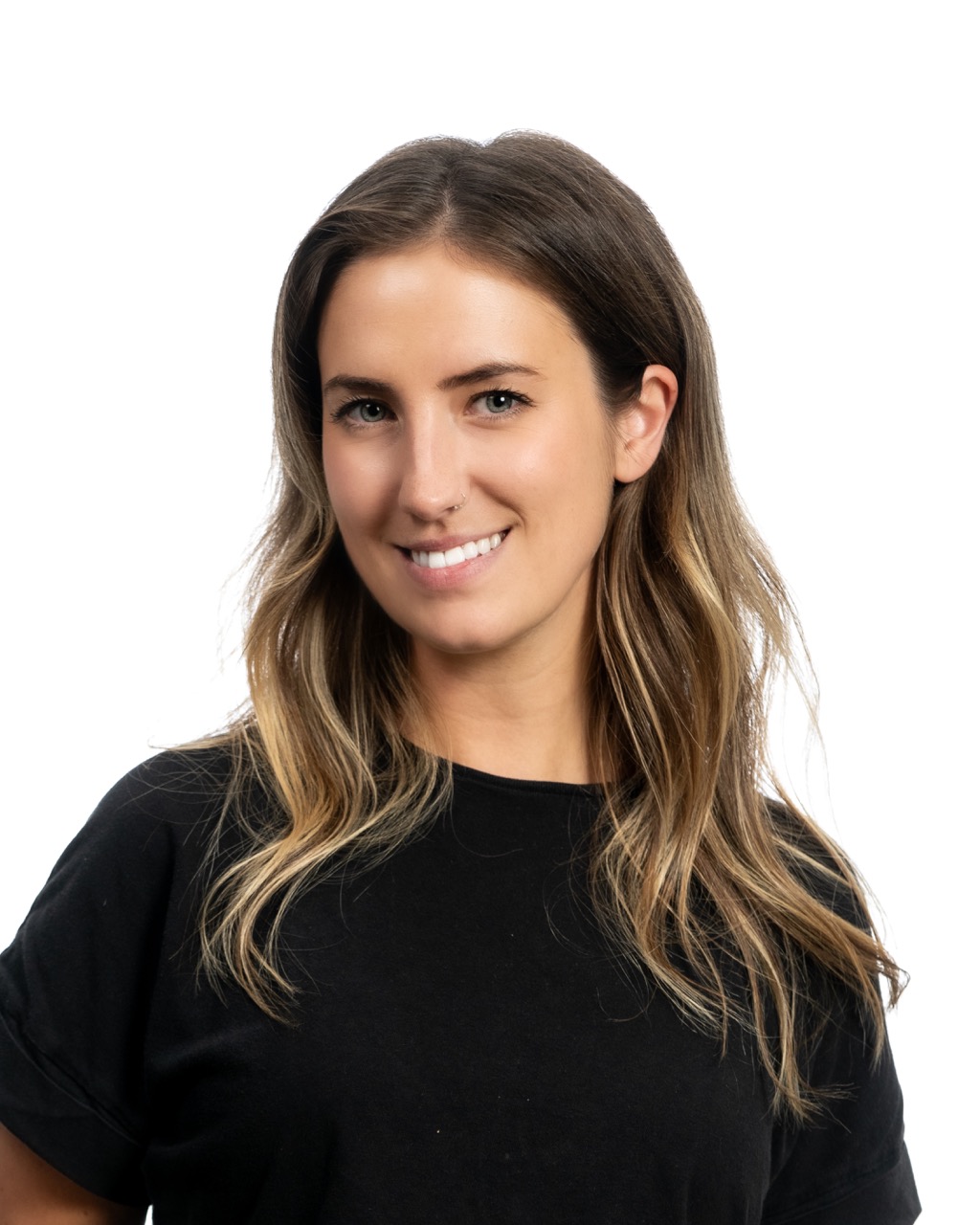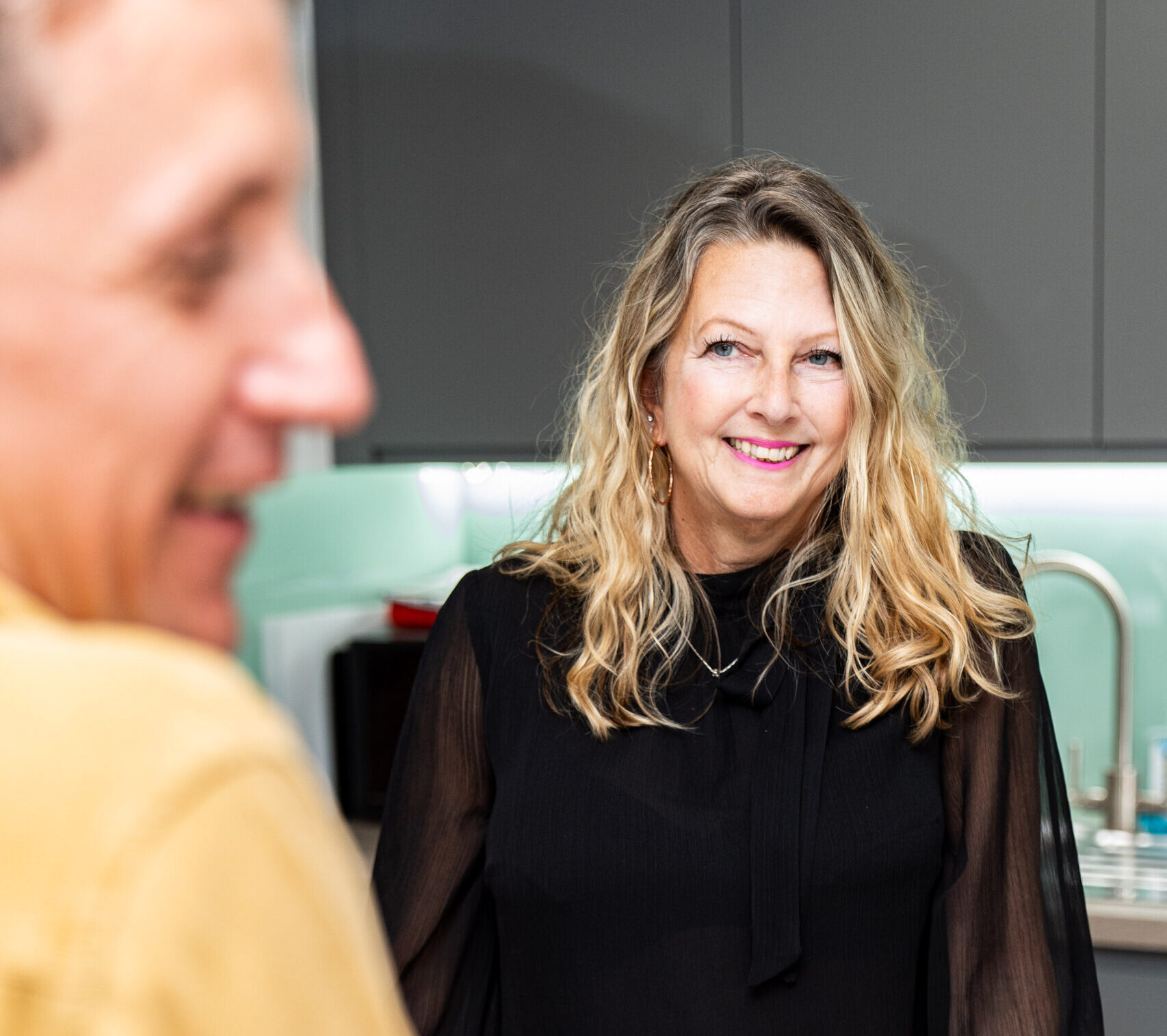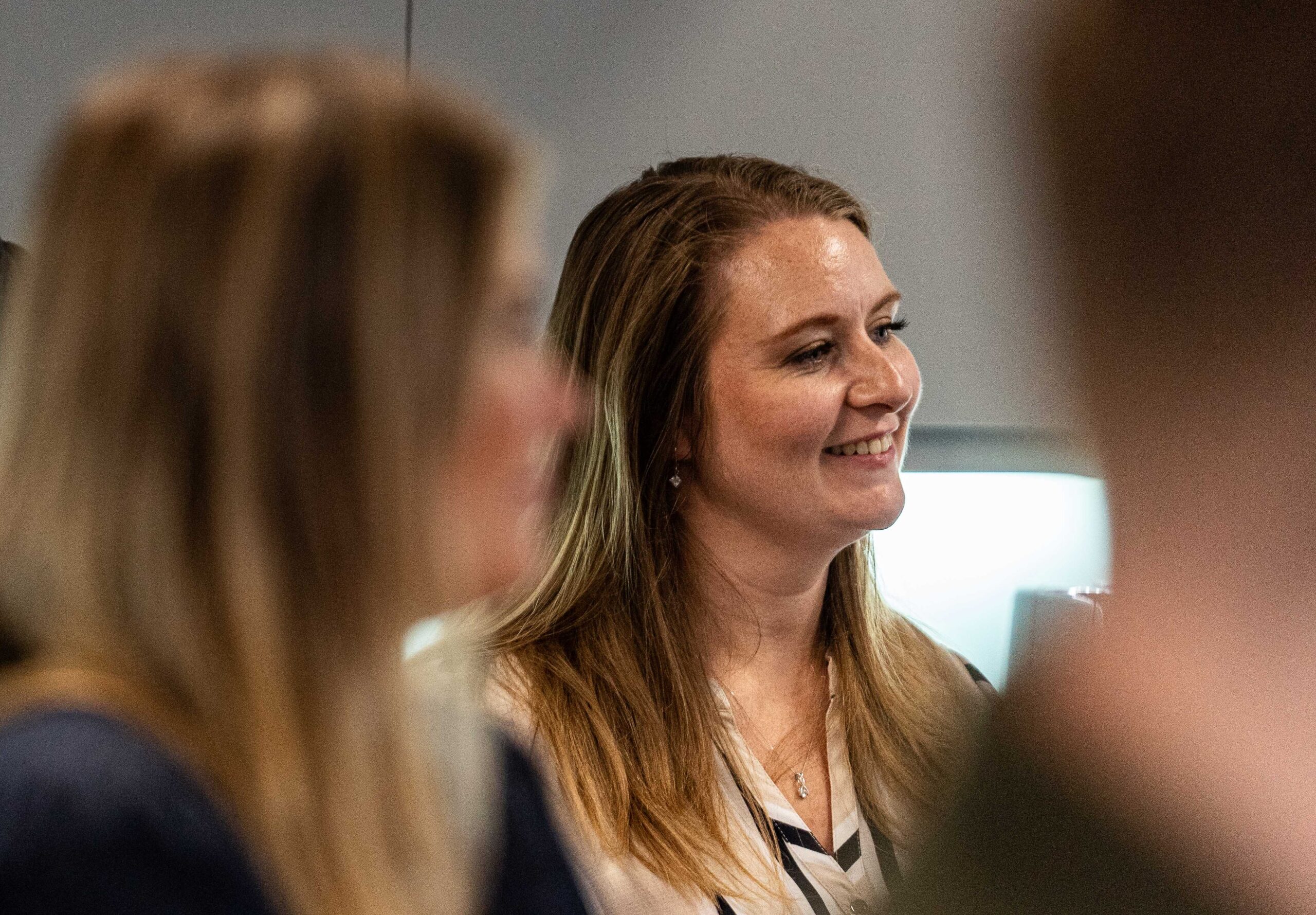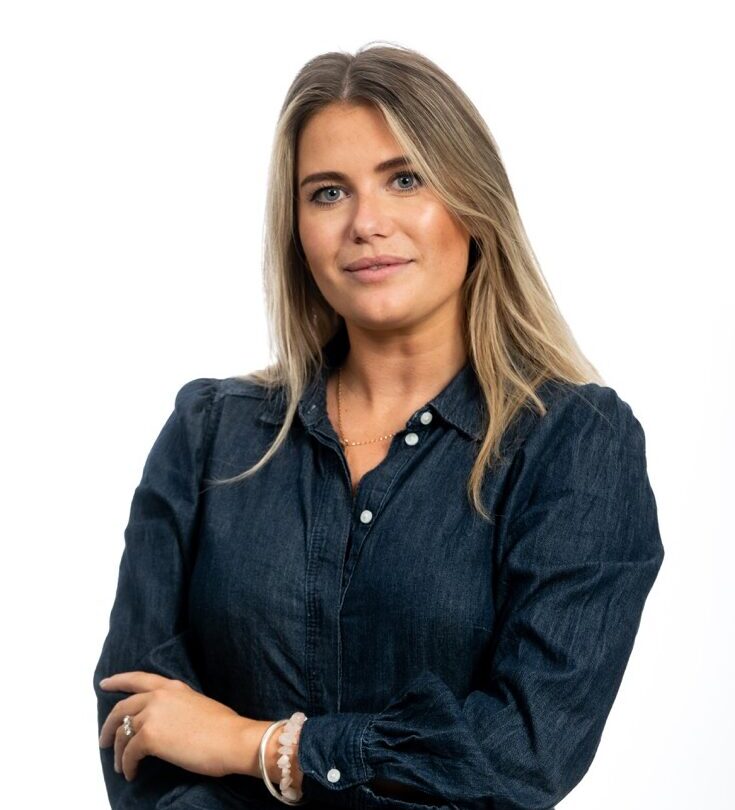When I was younger, back in the 1970’s, there were no real subscriptions. Getting your paper delivered daily was a kind of subscription, you paid for a week’s or month’s worth at a time. You knew what you were getting and you could stop it at any time.
My magazine delivery of choice was Smash Hits. I loved it, looked forward to getting it, loved the in jokes and would take it to school to pore over the articles and of course… the posters.
But let’s fast forward to today: we are inundated with subscription services. A new entrepreneur comes up with a great new idea, others follow and it develops into a market of its own. Flowers, meals, beauty, booze – its endless. And of course, we cannot forget the largest subscription service of all: Netflix.
With all of them vying for our hard-earned money, what can these subscription services learn from publishing, which has long been thought of as a more traditional sector of media?
Where did the publishers’ digital subscription journeys start?
Compared to the heady days of the 1990’s, by the mid 2010’s more publishers found themselves in a quandary, losing money because of failing print circulations and declining advertising revenue.
In response to this, many publishers decided that their futures needed to be digital, without impacting the quality of journalism. Targets were set and over time the number of digital subscriptions increased. The problem became retaining subscribers. It’s rather like losing weight: getting to your goal is a long hard slog. It’s rewarding when you step on the scales and see the weight falling off. However, once you’ve reached your ideal weight, you’re then met with the challenge of keeping the excess weight off.
Using real-time audience insights fuel publishing content
The publishing industry, just like any brand should do really, is constantly asking itself: What is it that our customers actually want? Are we creating the right journalism for our customers?
To find this out, publishers are constantly gathering information about how every article published on their sites is performing and how subscribers and non-subscribers are engaging with them. As reported by Reuters, “Leading digital news organisations are developing distinct forms of editorial analytics tailored to help them pursue their particular goals… in informing both short-term day-to-day decisions and longer-term strategic development.” This shift in publishing behaviour has mean that, today, the decision on what content is published digitally no longer lies with a single editor. It is instead informed by the data, insight and engagement figures provided by readers. It is this that fuels publishers’ content.
What can other subscription services learn from this approach?
For consumers, subscriptions are brilliant… until you don’t need or want them anymore. That’s the core challenge every subscription service is ultimately up against.
I used to subscribe to a beauty company that sent me five items in a box every month. But the company never got to know me: what I liked, what I didn’t like. It didn’t ask. It continued sending me similar products that weren’t informed by any insights on my product preferences. So, when the price of the subscription went up, I realised that out of the five items, three of them went unused month after month. Then and there I decided to just stop. I didn’t need it anymore.
The two lessons I took from the publishing industry’s approach are simple, but effective. Subscriptions are about a need state, does your customer need and want your product? Get to know your customers and give them what they want. When you’ve mastered that, work to make your product the best there is.
If you don’t, there is a small window, 18 months tops, until they will simply cancel.

